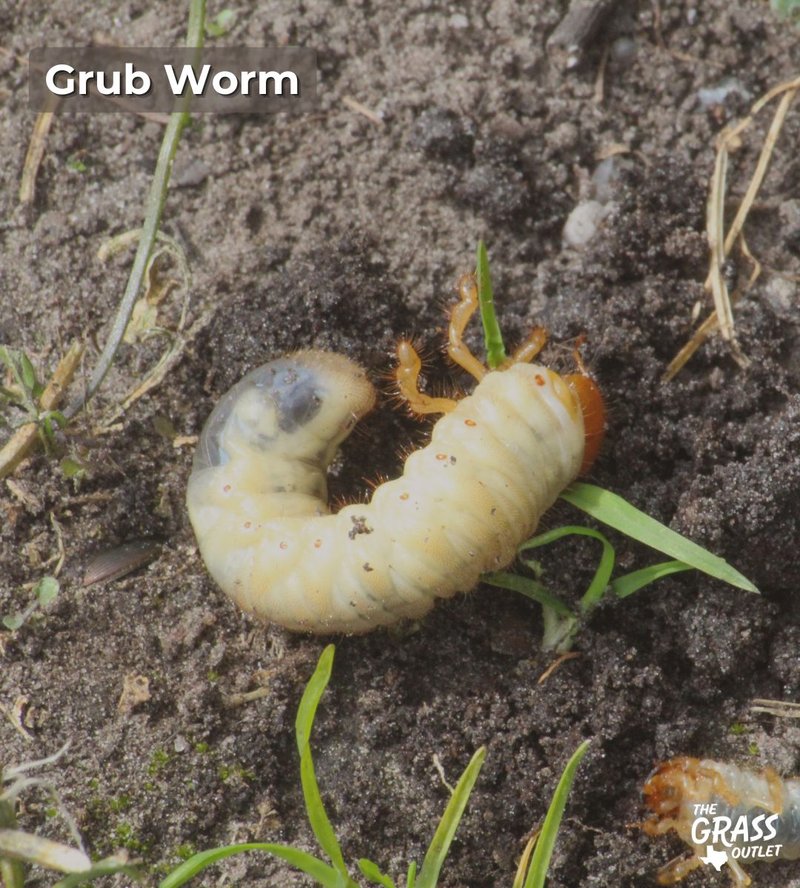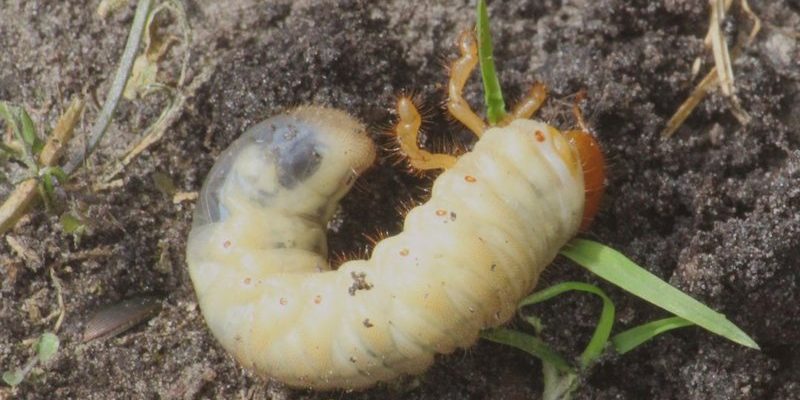
So, what does grub worm tolerance actually mean? Essentially, it refers to how many grubs your lawn can handle before you start seeing signs of damage. Just like an overcooked steak, if your lawn gets too many grubs, it can turn brown and unhealthy. The challenge lies in determining that threshold and managing it effectively. With the right knowledge and strategies, you can maintain a vibrant lawn without going overboard on pesticides or treatments.
What Are Grub Worms?
Let’s begin with the basics. Grub worms are the larval stage of beetles, most commonly the Japanese beetle, European chafer, and June beetle. They start off small and white, often curling up when disturbed. These little larvae feast on the roots of your grass, which can lead to thinning patches or even dead spots if they become too numerous.
Interestingly, even a handful of grubs might not cause immediate harm. Some lawns can sustain a higher population without suffering visible damage. Think of it like a balanced ecosystem: a few grubs can fit in without wreaking havoc, but too many will throw things out of whack. Signs that grubs are becoming a problem include birds pecking at the grass or patches that lift easily, like a carpet.
Understanding Tolerance Levels
So, how do you gauge grub worm tolerance levels in your lawn? The first step is to understand your lawn’s specific needs. Different types of grass have varying thresholds. For instance, Kentucky bluegrass might tolerate around 5-10 grubs per square foot, while perennial ryegrass can handle even fewer.
You might be wondering how to determine if you’re at that tipping point. A simple method is the “turf tug” test: gently pull on a patch of grass. If it comes away easily, you might have a larger grub population than your lawn can handle. It’s like checking a cake for doneness; if it falls apart, it’s time to adjust your approach.
Monitoring Grub Populations
To keep your lawn thriving, monitoring grub populations is essential. This doesn’t mean you need to turn your yard into a laboratory, but a bit of routine observation can go a long way. Look for signs like birds digging in your grass, which could indicate that they’re after those tasty grubs. Additionally, conducting a few simple soil tests can help you gauge your grub population.
Using a shovel, you can dig up a small patch of soil about 12 inches square and 3-4 inches deep. If you find 4-5 grubs or more, it could be time to take action. Remember, assessing the situation regularly helps prevent a larger problem down the line. It’s all about being proactive!
When to Treat Grubs
Now, let’s talk about treatment options. If you find that you’re crossing the line into harmful grub territory, you might need to step up your game. Treatments can vary from chemical pesticides to more natural options. Here’s the thing: timing is everything.
The best time to treat for grubs is in late summer to early fall when they’re most actively feeding. If you notice signs of damage in the spring, it might be too late for some treatments to be effective. Just like chasing after a runaway dog, the sooner you act, the better your chances are of saving the day.
You might also want to consider more natural methods like beneficial nematodes. These tiny worms can help reduce grub populations without harming your lawn or the environment. They’re like the friendly neighborhood superheroes of the insect world!
Preventive Measures for Grub Control
Preventing grubs can often be more effective than treating them after the fact. Start by improving your lawn’s health. Healthy grass naturally resists pests better. Make sure to water deeply and infrequently, allowing the roots to grow strong. Aeration can also help; it creates space in the soil for air and nutrients. Think of it like giving your lawn a deep breath!
Another preventive step is ensuring you’re not over-fertilizing. While it might seem like a good idea to give your lawn a boost, too much nitrogen can lead to lush grass that’s also a buffet for grubs. A balanced approach is much more effective in keeping your lawn both beautiful and pest-resistant.
Natural Alternatives and Organic Treatments
For those who prefer a more eco-friendly approach, there are several natural alternatives to keep grubs at bay. One popular method is using natural insecticides made from ingredients like neem oil or diatomaceous earth. These options are less harmful to beneficial insects and the overall environment.
Also, consider adding plants that deter beetles to your garden. Marigolds are known to repel various pests, including beetles, which can help keep your grub population in check. It’s like throwing a party and excluding uninvited guests—your lawn will benefit from the added protection!
In the end, <>grub worm tolerance levels in lawn maintenance<> come down to balance. You don’t have to eliminate every single grub to have a healthy lawn. Understanding how many your lawn can tolerate and monitoring their population is crucial. By being proactive and taking measures to improve your lawn’s health, you can enjoy a beautiful green space without overly relying on harsh chemicals.
So, next time you step outside, take a moment to appreciate your lawn. With a little know-how and care, you can maintain that balance and keep your grass thriving, even in the presence of a few grubs. After all, a little tolerance can go a long way!

